
Researchers from MIT and Hong Kong University have shown that certain liquids composed of peptides (protein fragments) can stop bleeding in wounded rodents within seconds; a finding the researchers said could significantly impact procedures for wound treatment and surgery. Importantly, unlike some other agents, the new liquid does not appear to induce an immune response.
When applied to open wounds, the peptides in the liquid self-assemble into a nanoscale protective barrier gel that seals the wound and halts bleeding extremely quickly. “We have found a way to stop bleeding, in less than 15 seconds, that could revolutionize bleeding control,” said Rutledge Ellis-Behnke, a research scientist at MIT.
Writing in the journal Nanomedicine, the researchers said their work marks the first time that nanotechnology has been used to achieve complete hemostasis (halting bleeding from a damaged blood vessel). Even better, once the injury heals, the gel is broken down into molecules that cells can use as building blocks for tissue repair.
The researchers experimented on several types of rodent tissue – brain, liver, skin, spinal cord and intestine. “In almost every one of the cases, we were able to immediately stop the bleeding,” said Ellis-Behnke. He foresees that the material could be of great use during surgery, especially surgery that is done in a messy environment such as a battlefield. “The time to perform an operation could potentially be reduced by up to 50 percent,” he added.
Explaining how the liquid worked, Ellis-Behnke said that the peptides self-assemble into a gel that essentially seals over the wound, without harming the nearby cells. Even after excess gel is removed, the wound remains sealed. The gel eventually breaks down into amino acids, the building blocks for proteins, which can be used by surrounding cells. The exact action is still unknown, but the researchers believe the peptides interact with the extracellular matrix surrounding the cells. “It is a completely new way to stop bleeding; whether it produces a physical barrier is unclear at this time,” Ellis-Behnke said. He’s also confident that the material does not work by inducing blood clotting. Clotting generally takes much longer to occur, and the researchers found no platelet aggregation, a telltale sign of clotting.




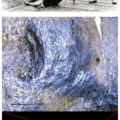



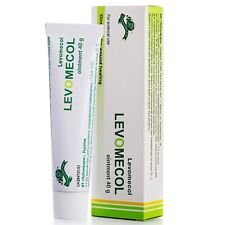

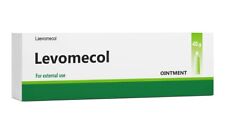
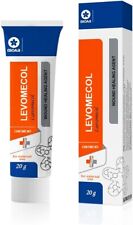
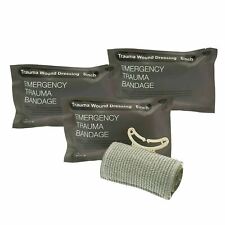


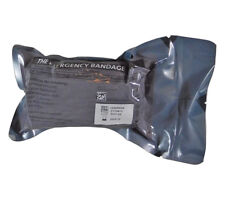
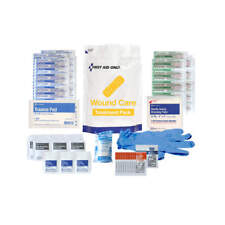
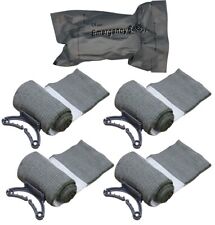
Comments are closed.